Balloon in a Bottle
Some things look so easy until you try them. Case in point… how hard would it be to inflate a balloon in a plastic soda […]
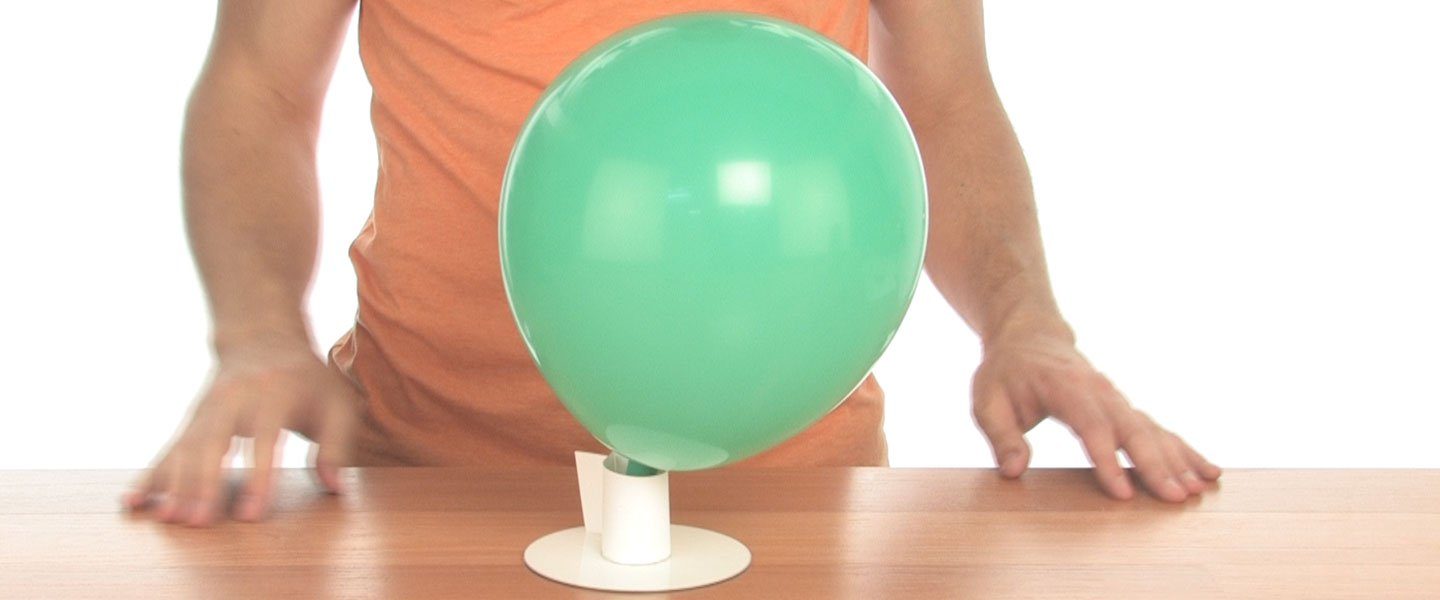
The puck used in an ice hockey game is designed to be nearly frictionless as it flashes across a surface of ice. At a game center, “Air Hockey” uses air blowing upwards from hundreds of tiny holes in a surface to keep a puck nearly frictionless as well. In both games, the whole idea is to defeat friction and to move very quickly in any direction. Now, you can build your own air-riding hovercraft to do that very thing.
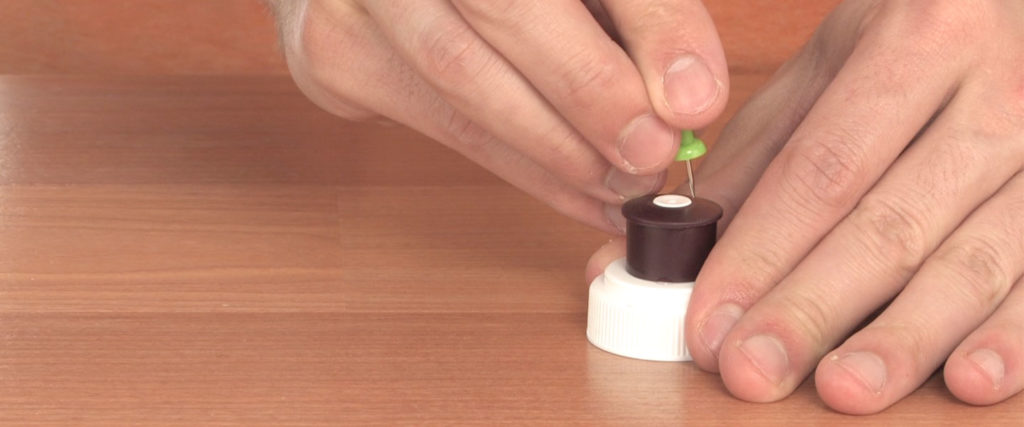
Using a pushpin, poke 3-4 holes around the center of a closed bottle cap used on a water bottle. The holes need to go all the way through the plastic of the cap. Make sure that the tamper-proof ring is removed so the lid can sit flat on the table.
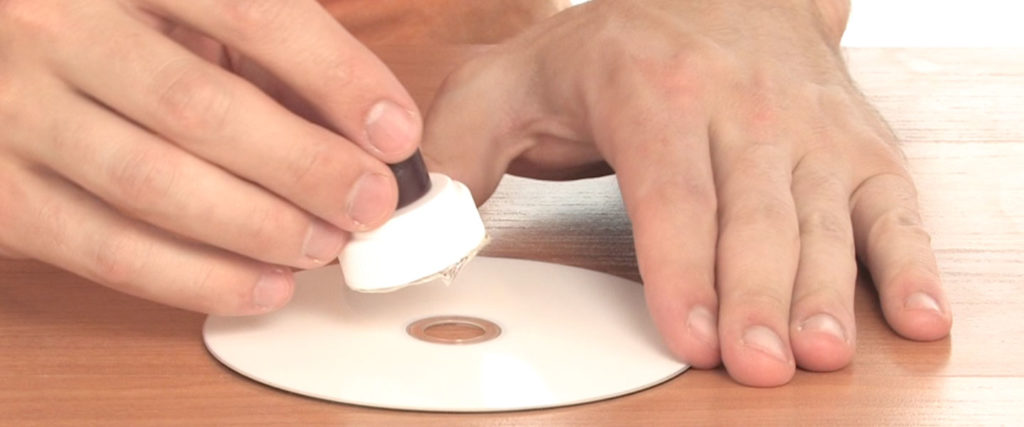
Put hot glue around the bottom edge of the cap and attach the cap to the compact disc. Center the cap over the hole in the CD. Don’t use too much glue but be sure there is an airtight seal between the cap and the CD. Giving the cap a slight twist as you glue it to the CD will help seal it nicely. Allow the glue to harden and set completely.
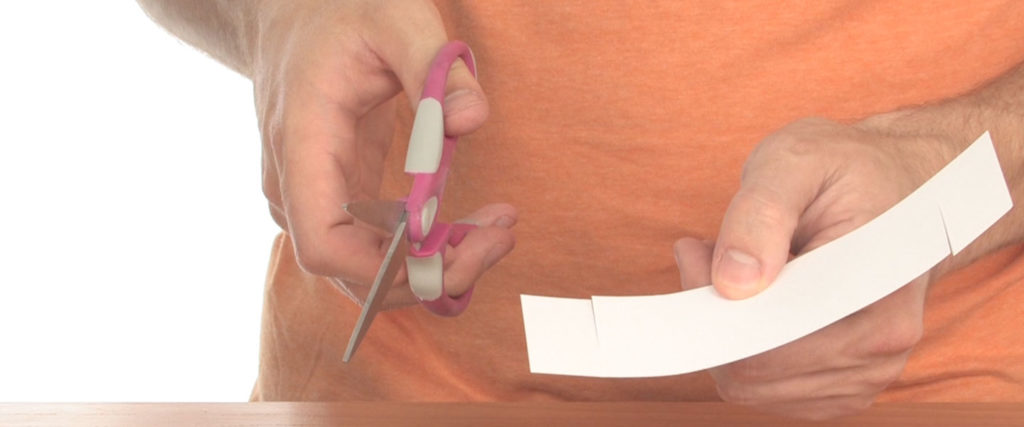
You’ll create a collar by curving a piece of card stock (or thin cardboard) into a circle. Start with an 8.5″ x 3″ (21 x 8 cm) piece. Cut one slit on each end of the card stock about 1″ (25 mm) from the end and cut about halfway through the card’s width. Cut the slits on opposite sides of the collar (think of it as one on the top and one on the bottom of the collar). Slide one slit into the other to create the collar.
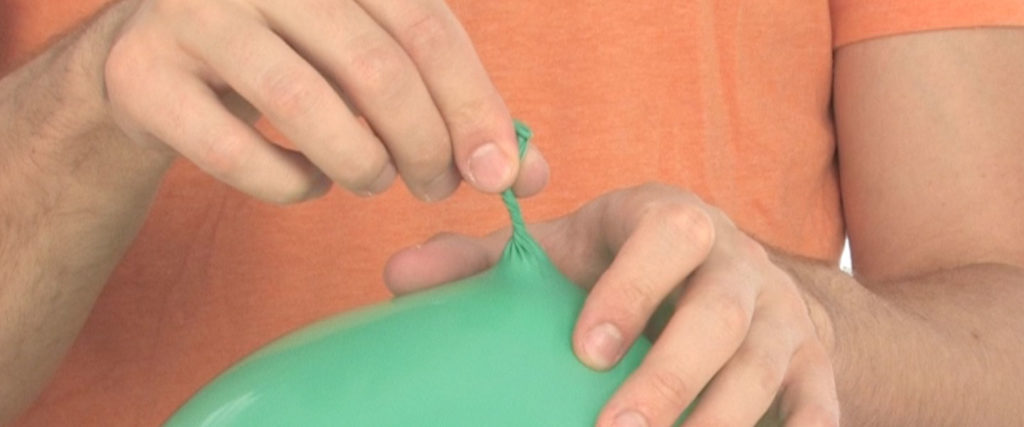
Blow up the balloon so it’s pretty big. Pinch it closed and then twist the balloon to seal the neck shut to keep the air inside.
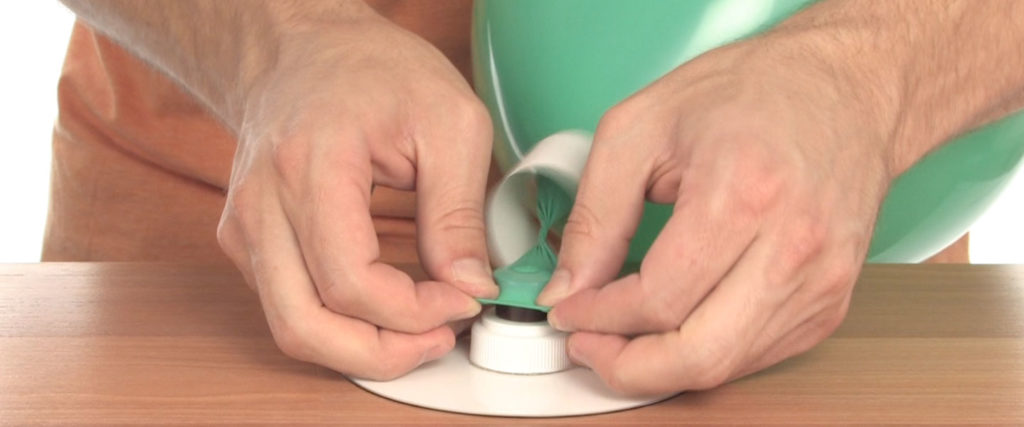
Pull the twisted end of the balloon through the collar keeping the air inside. Hold the twist in the neck to trap the air and stretch the balloon’s opening completely over the bottle cap.
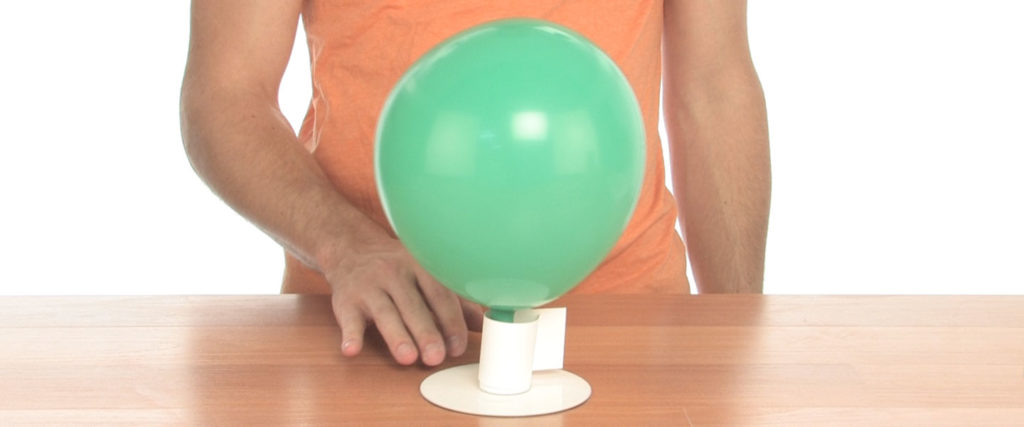
Set your hovercraft on the open, flat surface and untwist the balloon neck. If the balloon is sealed to the cap and the cap is sealed to the CD, the air leaves the balloon, lifts the CD a tiny bit, and you have a hovercraft gliding effortlessly over the surface.
Hovercrafts use air to lift a vehicle off of a surface but there has to be a lot of it moving very fast, straight down. The CD Hovercraft is no exception. As the balloon contracts, air is pushed through the holes you punched in the bottle cap. This air escapes out from under the CD in all directions. Because of the shape, smoothness, and weight distribution of the rig, the escaping air creates a thin cushion between the CD and the surface. This cushion of air dramatically reduces the friction between the CD and the surface that allows your hovercraft to move freely over a smooth surface.
If the hovercraft doesn’t slide or spin easily, there are a couple of trouble-shooting steps you can take. Make sure the CD isn’t warped or cracked. If it is, just rebuild the hovercraft with an intact CD. If everything about the CD looks OK, poke larger or more holes into the bottle cap. Also, be sure there’s no air escaping from unauthorized and unsanctioned holes somewhere in the build. It all has to go down from the balloon and then out from under the CD.
The surface over which your hovercraft moves is critical, too. A smooth, hard tabletop or counter is about the only surface this design can traverse. Carpet, sand, grass, gravel, dirt, etc. will stop it cold. If you could mega-power more air downward, you might be able to cross these obstacles and full-sized hovercrafts can do just that. Of course, they push a lot more air than you can get from just one balloon.
By the way, launch your hovercraft without the collar and you’ll find that even thought it’s a simple part, it’s rather important. It helps to keep the balloon vertical and pointing downward. In fact, you could test variations of collar design with the type of balloons you use. Change its diameter and height and discover if there’s an ideal way to set it up.